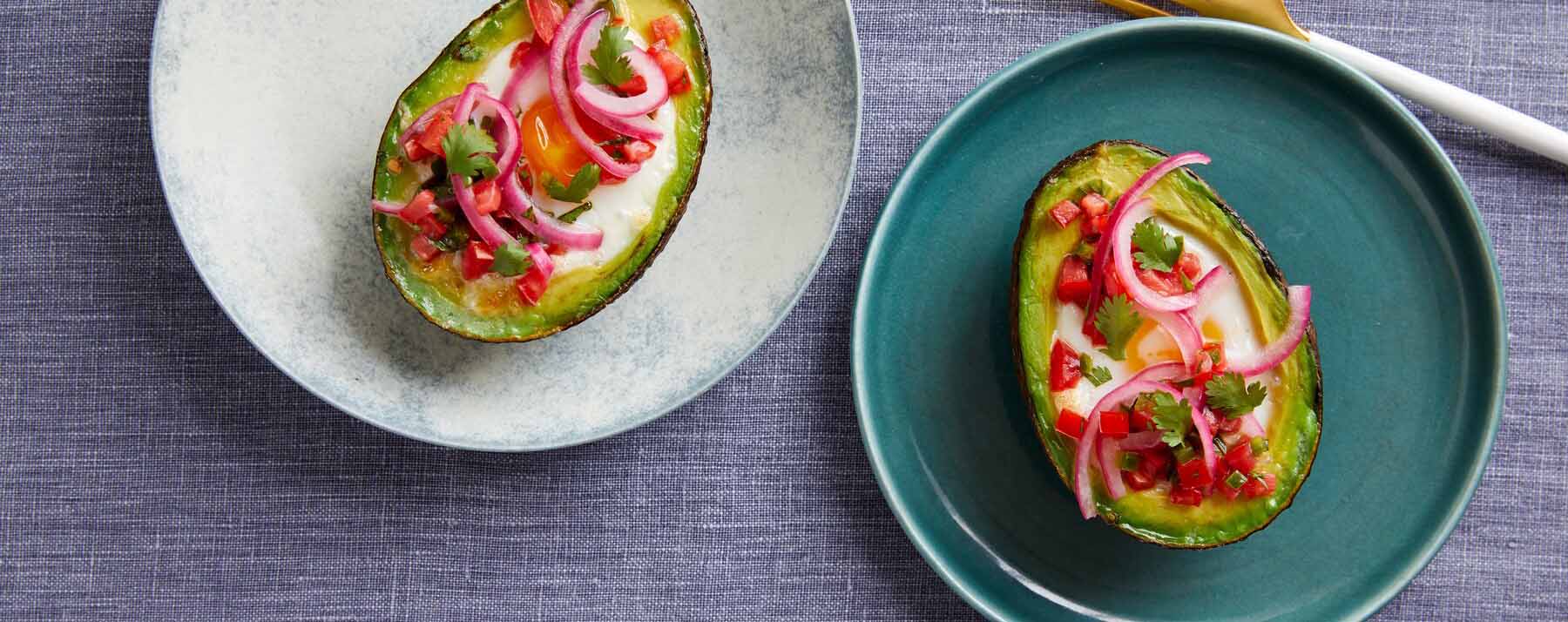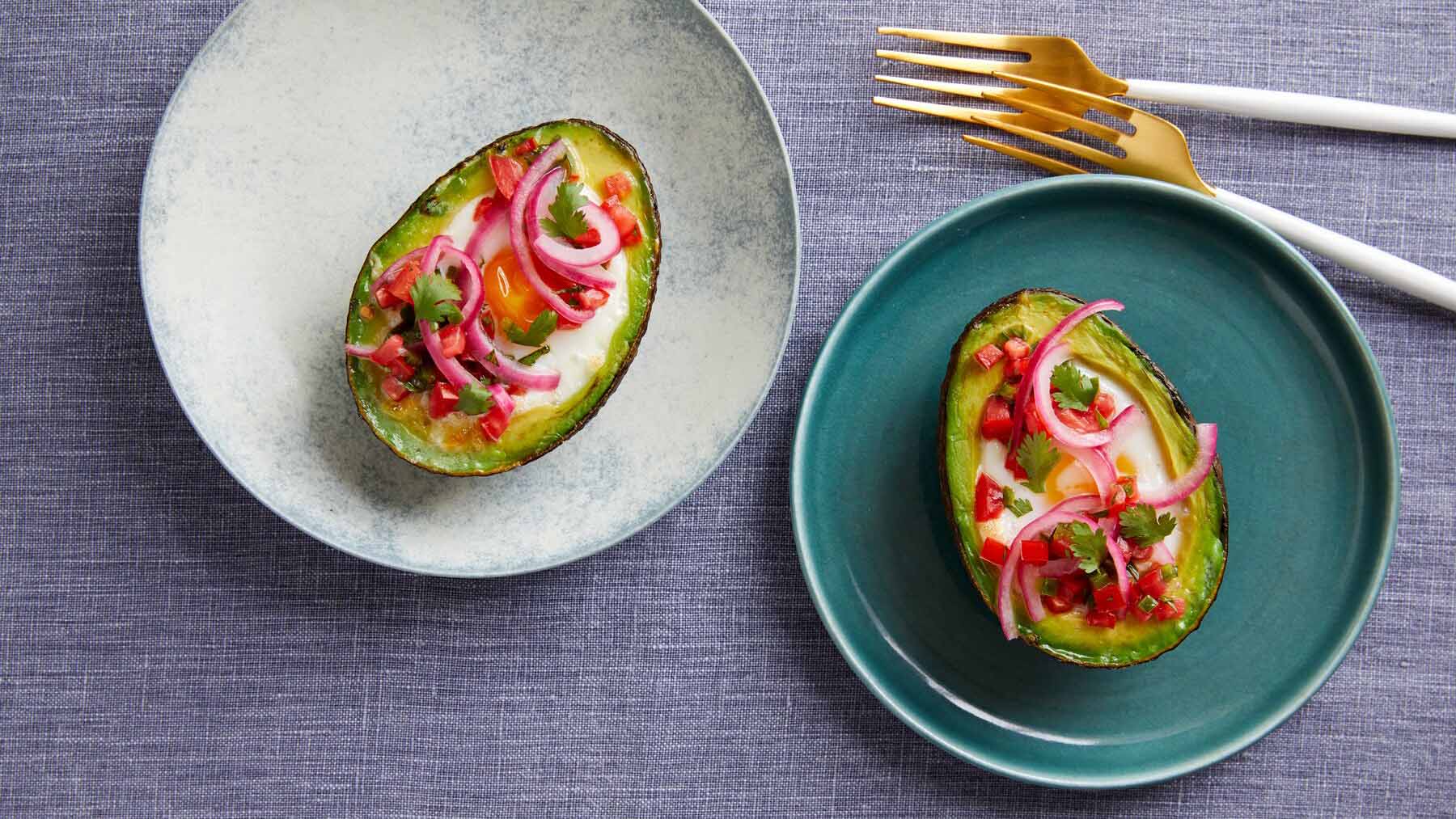Understanding the difference between saturated and unsaturated fats


To say that fat has consistently been a hot topic of conversation amongst scientists, cardiologists, and dietitians would be an understatement. Too much, too little, quantity and type; information about dietary fat can often be confusing if not contradictory (for example, the role that saturated fat plays in your daily eating plan.) This article is a basic primer on saturated, trans and unsaturated fats and it also explains the relationship between dietary fat and your physical wellbeing (plus, how to include more healthy fats in your daily eating plan.)
How does your body use fat?
Despite its reputation as a controversial nutrient that should be avoided, you actually need to consume fat in order to grow and function on a day-to-day basis. Specifically, dietary fat is necessary for the following reasons:
- Fat helps your body absorb vitamins A, D, E, and K.
- Fat helps cellular structures grow.
- Fat is a concentrated form of food energy.
- Fat fights inflammation.
- Fat helps you move your muscles.
- Fat improves blood clotting.
Saturated fats
Saturated fats are found in dairy (butter, cheese, ghee, whole milk, and full-fat yogurt) and animal-based products (meat, eggs, and poultry) as well as in lard and shortening, coconut oil, and palm oil. Most saturated fats are solid at room temperature. Because saturated fat has been linked to an increase in LDL or “bad” cholesterol levels as well as cardiovascular disease, your diet should contain small to modest amounts of saturated fats. A recent study published in the International Journal of Cardiology showed the saturated fat found in dairy products may have less of an effect on myocardial disease than once thought. However, the findings have yet to be replicated and researchers recommend keeping saturated fat intake to a minimum until these findings can be studied further.
Trans fats
Thanks to labelling efforts and target incentives for the processed food industry, Canadians have largely reduced their consumption of trans fats. Choosing lower fat dairy products and lean cuts of meat and poultry will help cut out naturally-occurring trans fat in your diet. Refined oil products such as margarine and vegetable shortening also contain high amounts of trans fat. In addition to oils and margarines, commercially made baked goods such as cookies and snack cakes are also often high in trans fat. The good news? Health Canada has banned food processing plants from adding partially hydrogenated oils, the main source of trans fat in processed foods, to any of their products in Canada.
Unsaturated fat
Unsaturated fats are split into two categories: polyunsaturated and monounsaturated fats. Polyunsaturated fats come from food sources such as fatty fish and corn, soybean and flaxseed oil. Monounsaturated fats are found in avocados, olives, sesame and peanut oil. Nuts, seeds and canola, sunflower and safflower oil are all good sources of polyunsaturated and monounsaturated fat. Unlike saturated fats, most unsaturated fats remain liquid at room temperature. Unsaturated fats should make up the majority of your fat intake because they help reduce LDL cholesterol levels as well as the risk for heart disease and stroke while raising HDL or “good” cholesterol levels.
A note about essential fatty acids
An essential fatty acid is one that your body is unable to make for itself. The two types of fatty acids are linoleic acid (also known as the omega-6 group of fatty acids) and alpha-linoleic acid (commonly known as the omega-3 group of fatty acids.) Polyunsaturated fats are all good sources of essential fatty acids and should be consumed regularly as part of a healthy diet.
The link between fat and cholesterol levels
The relationship between fat intake and cholesterol levels is well-documented. The Heart and Stroke Foundation recommends restricting foods which are high in saturated fat and trans fat as often as possible. Saturated and trans fats raise LDL cholesterol in your body (also known as the “bad” kind of cholesterol.) Unsaturated fats, on the other hand, help to raise HDL cholesterol (or “good” cholesterol levels in your body) and lower LDL cholesterol levels.
How to add healthy fats to your eating plan
- Add ¼ of an avocado to your salad or dice and add to cottage cheese.
- Drizzle ½ teaspoon cold-pressed flax over your smoothie or oats.
- Choose fatty fish such as salmon or trout whenever possible.
- Use avocado or olive oil in your vinaigrettes.
- Carry single servings of nuts and seeds for snack emergencies.
